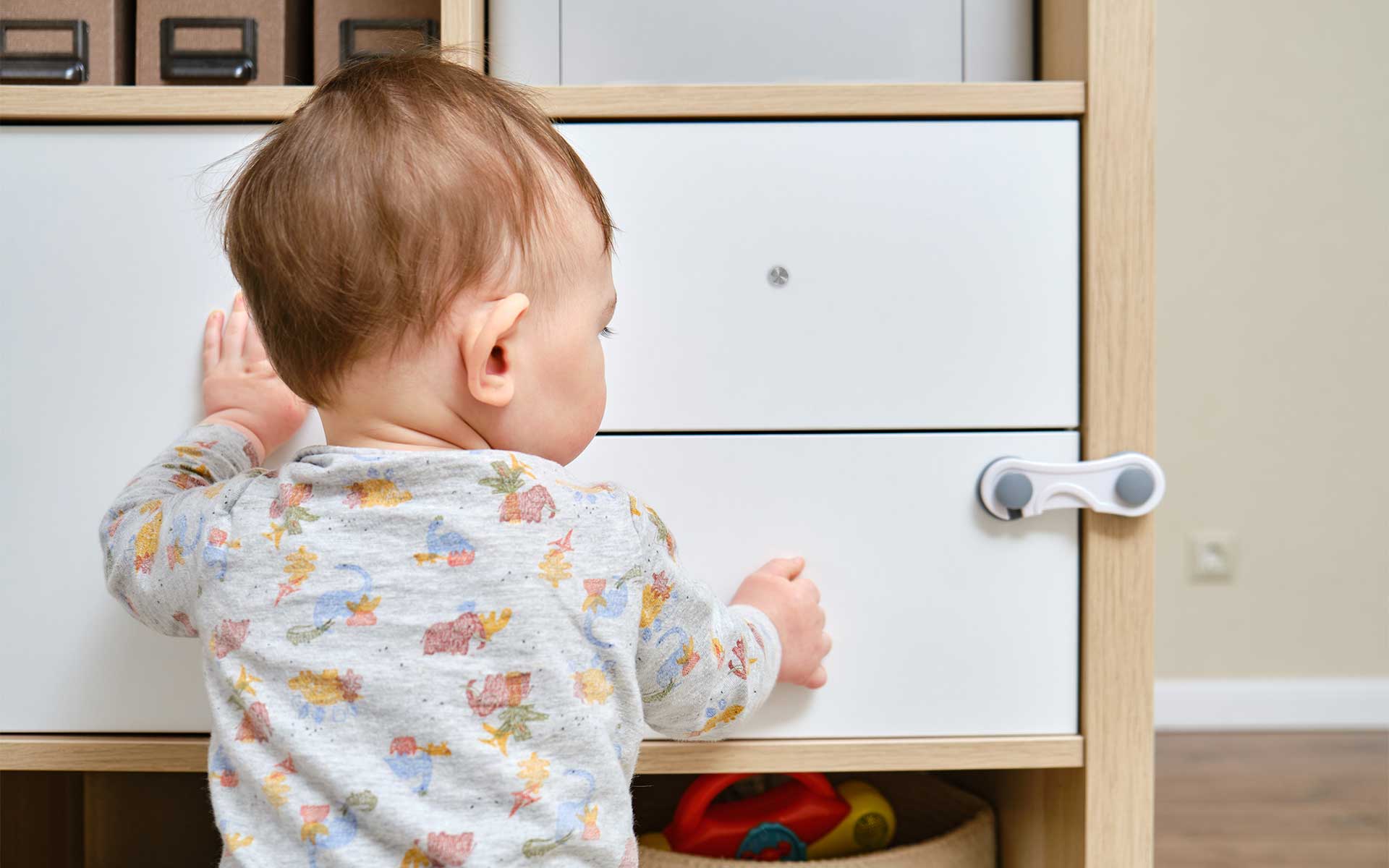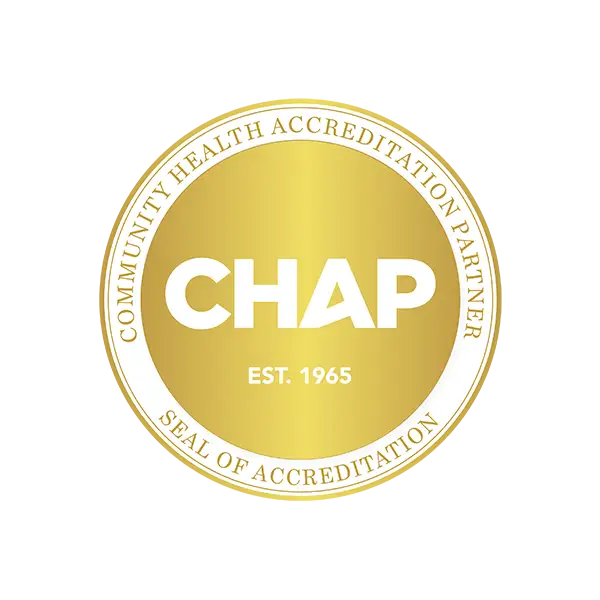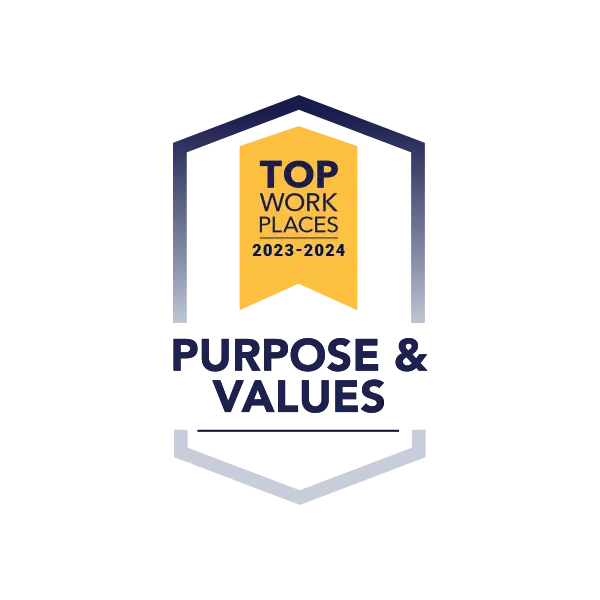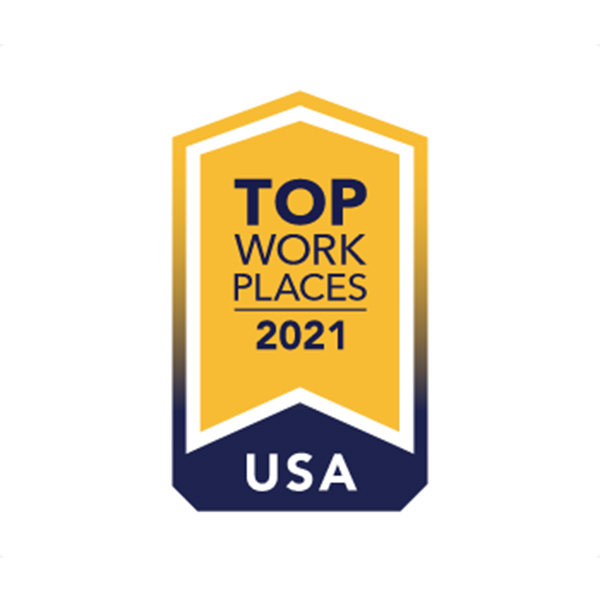
Whether you’re expecting a child soon, or just brought one home, one of the items on the to-do list is to make sure your home is “baby-proofed.” Bringing home a little one is hard enough as it is, without the stress of making sure that the house and you and your partner, are proofed on what is safe for infants, and what is not.
In 1983, the Juvenile Products Manufacturers Association (JPMA) founded Baby Safety Month which occurs every September and provides information as well as tips and tricks for parents, caregivers, and retailers to brush up on their baby-proofing and safety protocols. What started as a week-long celebration back in the 1990’s, turned into a whole month full of engaging information for retailers, parents, and any type of caregivers on the safety standards and rising risks of babies initially during sleeping practices, but then moving into everyday actions.
Baby Safety Month Beginning Timeline
Baby-Safe Homes
The baby gate was first invented this year and was instrumental in keeping babies out of dangerous parts of the house.
Baby-Safe Car Rides
The first child safety car seat was created by a British inventor, Jean Ames.
Baby-Safe Playtime
The Toy Safety Act, signed into law by President Nixon, required the government to test and ban hazardous toys. The act enabled the Department of Health, Education and Welfare to make regulations banning interstate commerce with any “toy or article” intended for use by children if it had an electrical, mechanical, or thermal hazard.
Baby Safe Laws
U.S. states passed a law requiring children to be buckled into their car seats.
Today there are hundreds of suggestions on how to baby-proof your home, and thanks to the internet, there are lots of ways to educate yourself on the ever-evolving protocols for infant safety in your home, and throughout the mechanics of your day.
Common Baby Safety Tips to Date Are

- Purchase and correctly install an infant car safety seat. There are thousands of reviews online for different models of car safety seats and the different bells and whistles they come with. Find one that is easy for you to install, makes sense for your budget but also is durable and secure.
- Find ways to occupy your child while cooking. Whether it’s a partner, bouncy seats, or playpens, this allows you to cook for your family safely and avoids possible burns for your baby while cooking with hot plates, oil, or pulling things in and out of the oven.
- Never leave a baby unattended on beds, sofas, chairs, changing tables, or any place where they might roll off or fall.
- Install baby gates at the tops and bottom of your stairways. For toddlers, make sure you are going over “stair-case protocols” by going down the stairs on their bottoms to reduce the risks of falling down the stairs.
- Before your baby begins crawling, make sure your home is childproof. Including making sure of the following:
– Outlets have covers so they can’t stick their fingers inside.
– Sharp corners are covered or “bumpered.”
– If you have stairs, make sure there are gates at the top and bottom.
– Turning back your water’s thermostat to no higher than 120 degrees Fahrenheit to prevent scalding burns.
– Know or have quick access to emergency numbers such as 911, and poison control.
– Keep small objects out of reach of children to reduce choking hazards such as decorative rocks on lower coffee tables.
– Stay up to date with research regarding baby safety.
Stay up to date with Baby Safety and other safety concerns and tips via our social media channels at @KCHH. We have lots of fun facts, tips, and tricks to make sure that your child is taken care of. If you’re looking for some more informational checklists and guidelines, check our education page on our website: www.kidscarehomehealth.com/education where we have lots of lists for your baby’s development and things to look for as your child progresses.
Have a safe and healthy #BabySafetyMonth!















